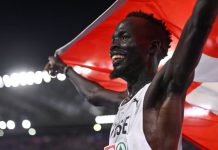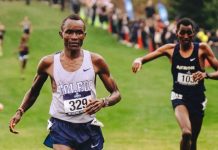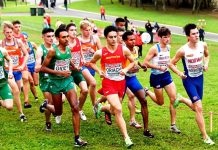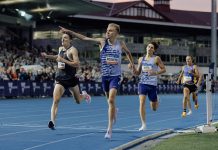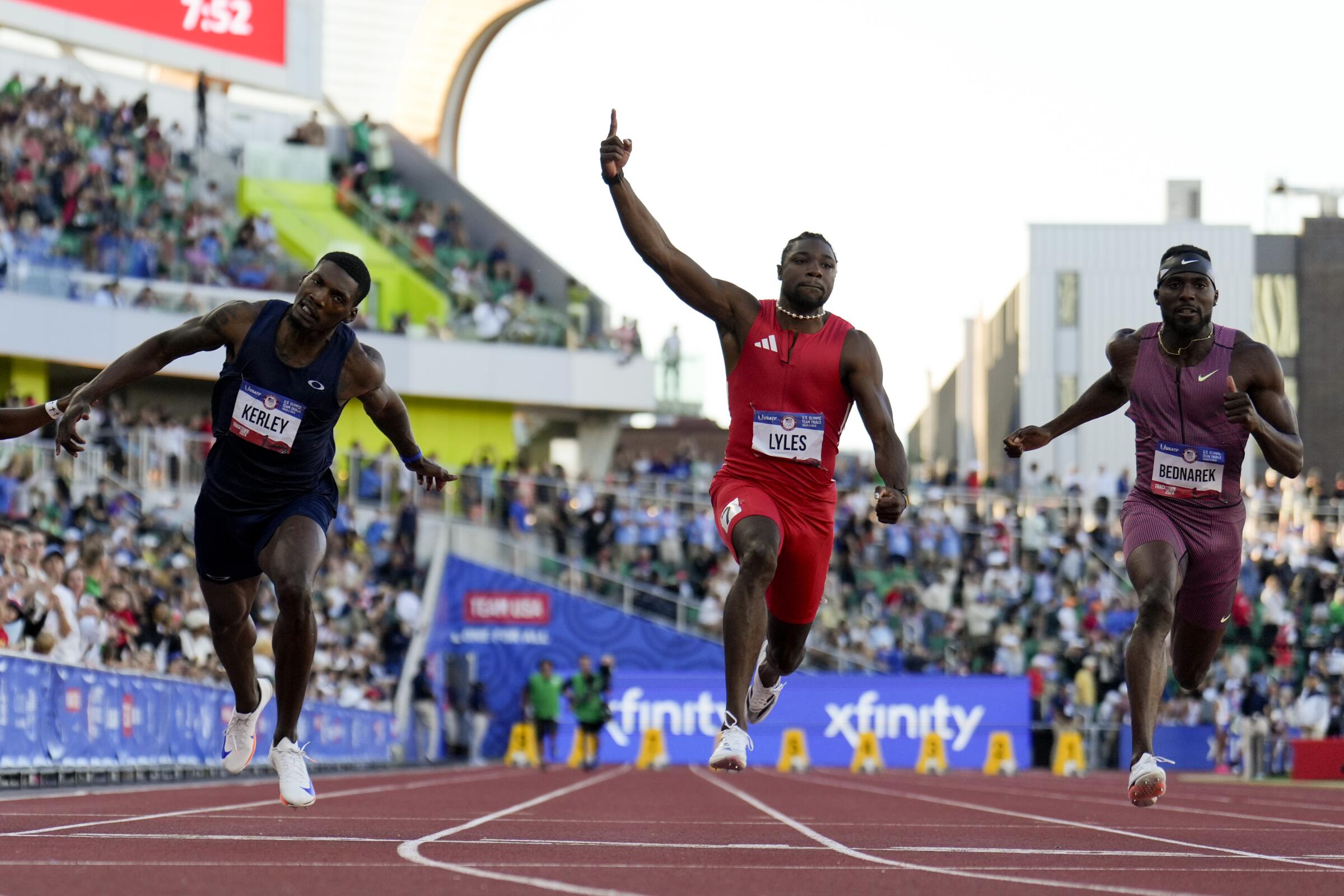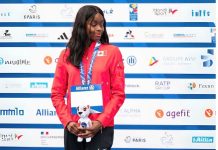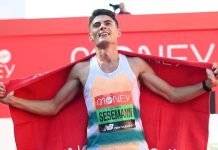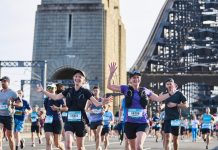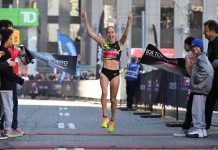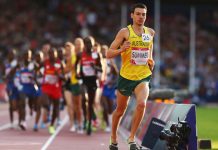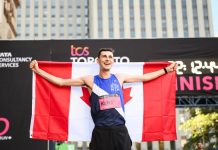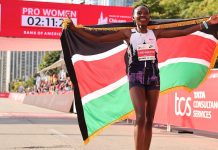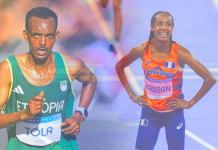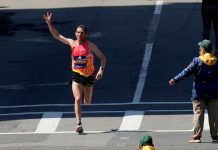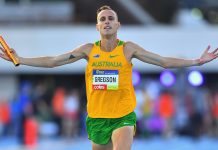Zurich’s Weltklasse meeting has sometimes been called “the Olympics in one day.” The characterisation is even been cited in the “A Close-up On . . .” profile of the meeting on the Diamond League website.

In similar vein, many athletics fans acclaim the US Olympic Trials as a superior meeting to the Oympics. It’s not hard to see why. For one thing, the depth of competition in many events stands favourable comparison with that found at the Olympics. For another, the sudden death nature of the event surpasses the Games. At the Olympics, only one, two and three get the medals, the rest have at least have competed in the Games. At the US Trials, it’s one, two and three in the team, the rest just get to go home.
That said, are the US Olympic Trials the Olympics with just one country. Or are they, as Larry David might put it, just a “pretty, pretty, pretty good meeting.”
To this column, it’s a no-brainer. It’s exceedingly hard for a part to be greater than the whole and the whole point of the Olympic Games is that it is a gathering of all world nations. While it may be possible to pick individual events where the competition at the US Trials is just as strong as in an Olympic final, this doesn’t hold across more than a handful of events these days.
Even the fabled one-two-three make the team has been unpicked by the adoption of the standard-based qualification for the Olympics. The first three finishers in events now have to be eligible to be selected whether we are talking US sprint hurdlers, Ethiopian distance runners or Hungarian hammer throwers. An athlete finishing sixth at the Trials can be selected ahead of third, fourth and fifth, say, because they have achieved the standard while the others have not.
Let’s not quibble, however. There’s no two ways around the reality that the US Olympic Trials are a great event, bridging as they do the chasm between fan interest and mainstream public interest. It’s that word ‘Olympic’ that does it, bringing in US free-to-air television coverage that just doesn’t happen with other events.
The US Trials have evolved over the years to broadly reflect the Olympic timetable, from heats or qualifying rounds all the way through to finals. The Trials, currently being held in Eugene, TrackTown USA, are spread across 10 days – four days competition, two rest days, four more days competition – and comprise every Olympic discipline other than the road events.
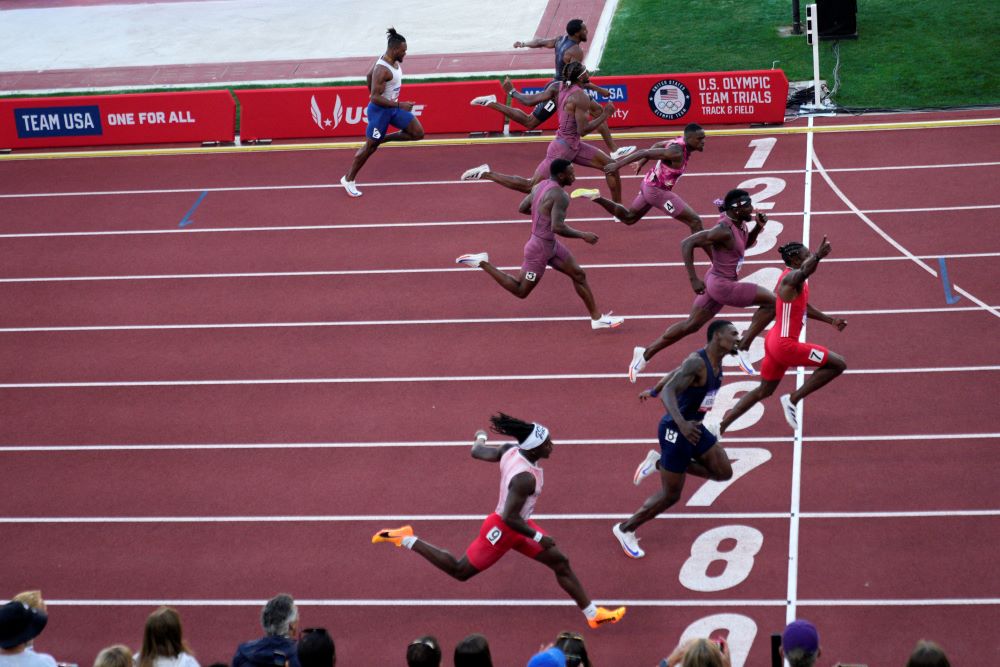
The dilemma of what to do in Eugene with two free days aside, it’s not hard to see why some fans do compare the Trials favourably with the Olympic Games. There’s even allegations of sky-high accommodation rates and price-gouging as Eugene – basically a university town – struggles to provide beds and services to visitors.
As with the Olympics, however, the level of competition makes up for many real or perceived shortcomings. Nor is there any shortage of drama. Four years of dreams and hopes can be dashed in an instant, as they were when reigning Olympic women’s 800 metres champion Athing Mu crashed to the track just 200 metres into the 800 final.
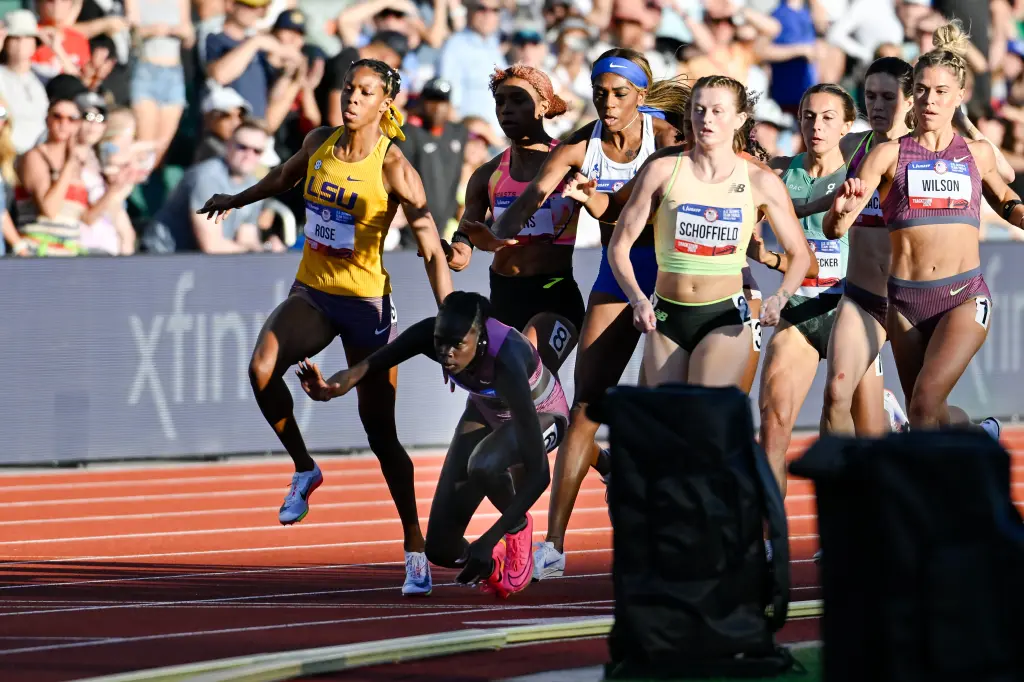
Talk about the crash heard around the world. Mu seemed to be the architect of her own demise. First, she virtually had not raced this season, citing a dodgy hamstring in pulling out of several races. Second, she cut in to her inside as the field bunched, which was the apparent cause of a clash of legs with the runner behind her. Whatever, Mu was down and Mu was, effectively, out.
Mu was not the only favourite to make an ignominious exit in the first four days. Brooke Andersen, world champion in Eugene two years ago and leading qualifier, flamed out with three fouls in the hammer throw final. Less a surprise given current form but a big name nonetheless, Rio Olympic champion Matt Centrowitz didn’t even get to the line for the 1500 heats.
For every disastrous downturn in fortune, there was a matching upturn. Nia Akins, who won ‘Mu’s 800’, was herself denied a shot at the Tokyo team three years ago when she fell in the final, this time made the team and ran a lifetime best. Sam Kendricks put several years of inconsistent form behind him with a win in the pole vault. Sha’Carri Richardson and Noah Lyles won the 100 sprints. In the men’s 100 Fred Kerley grabbed third just as he looked gone for all money.
And it wouldn’t be an Olympic Trials without a ‘promising youngster’ or two. Filling that role in the men’s 400 was a 16-year-old named Quincy Wilson. In the first heat of the first individual track event of the meeting, Wilson ran 44.66 to finish behind eventual champion Quincy Hall. He then ran a personal best 44.59 in the semis before finishing sixth in the final in 44.94.
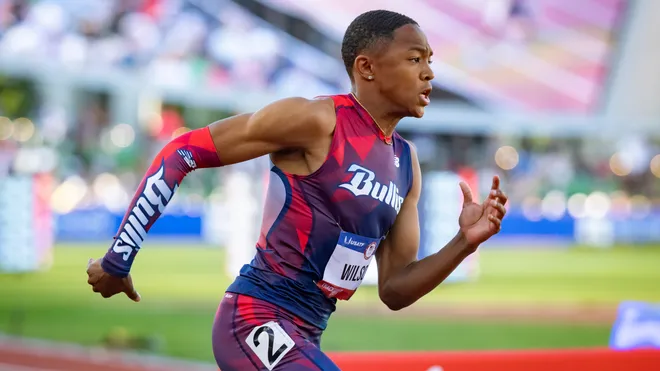
Three sub-45 clockings in three rounds. We could be hearing a lot more from Quincy Wilson in the next few years.
It might not be the Olympics with one country but, four days in, the Paris24 US Olympic Trials were already a pretty, pretty, pretty good meeting.



